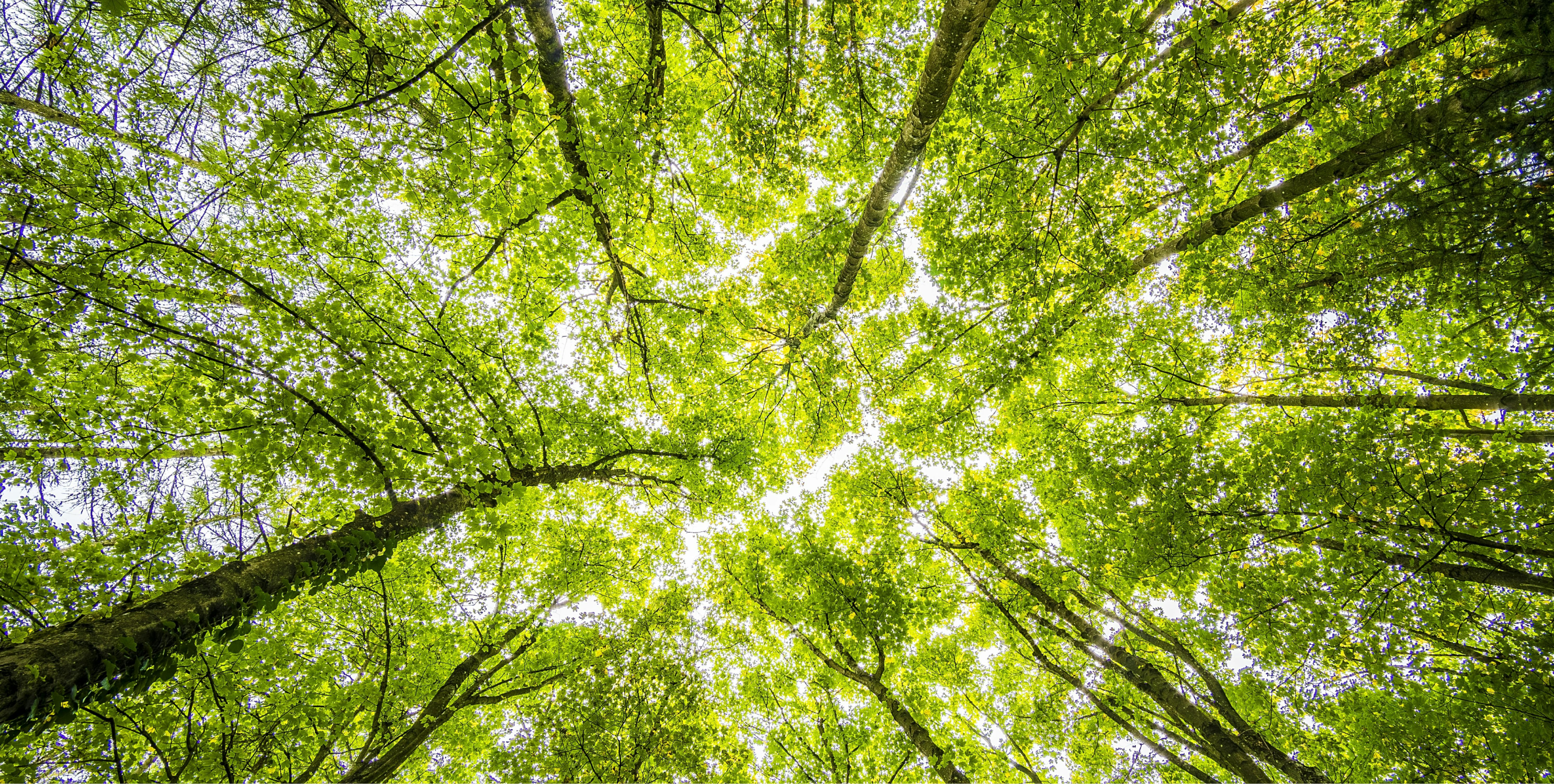
Bioengineering and the Planet: A Microbial Earth Day Perspective
Key Takeaways
- Microbes are powerful sustainability tools. They can be engineered to clean pollution, capture carbon, and produce renewable materials.
- Bioengineering reduces reliance on animals and fossil fuels. Microbes can now make meat, milk, and more, using fewer resources.
- Nature inspires innovation. Studying microbes helps scientists design better solutions for climate and environmental challenges.
At ZBiotics, we talk a lot about bioengineering because we’re passionate about the potential of this technology and the good it can do for the planet. While we never want to downplay the very reasonable concerns around using bioengineering irresponsibly, we believe that—with a careful, leveled approach—this technology can measurably improve the world.
If you’ve been following us on social media this week, you may have seen our Earth Day celebration highlighting some of the amazing microbes that call this planet home. So, how is that connected to bioengineering?
The power of microbes in bioengineering
Microbes—like bacteria and yeast—can be leveraged to create ingredients and industrial products at scale. Through bioengineering, this process offers new ways to reduce greenhouse gas emissions, minimize waste, and ease the strain we place on Earth’s ecosystems. It’s not just about replacing harmful practices—it’s about designing new ones that work in harmony with nature.
Some of the most promising bioengineering tools are inspired by microbes that already perform these functions naturally. These tools can even help innovate the practices within synthetic biology. For example, Thermus aquaticus, discovered in Yellowstone’s hot springs, produces heat-stable enzymes—like the famous Taq polymerase used in PCR—that revolutionized molecular biology and enabled countless biotech advances (Saiki et al., 1988).

Understanding how microbes thrive in their ecosystems can unlock new opportunities in environmental solutions like bioremediation or biomanufacturing.
At ZBiotics, we engineered Bacillus subtilis to produce enzymes with targeted benefits for consumers. We chose this bacteria because it’s safe, easy to genetically engineer, forms resilient spores, and is already widely consumed. These traits made it the right fit for our goals—but the ideal engineered microbe depends on the specific application.
For instance, if we were developing a solution for pollution in our oceans, we’d look for a species that naturally thrives in saltwater, functions well at cooler temperatures, and is native to the marine environment. We’d also want to ensure it could be engineered to break down specific pollutants. With that in mind, here are a few traits synthetic biologists consider when choosing microbes for bioengineering:
- Genetics: What can they do? Sequencing reveals microbes that carry genes for useful traits like carbon capture, pollutant degradation, or biosynthesis.
- Environmental resilience: Where can they thrive? Microbes from extreme environments (like deep-sea vents or radioactive zones) often have adaptations that make them robust for industrial or ecological use.
- Metabolism: What do they consume? Some microbes consume greenhouse gases or toxins; others can produce biodegradable materials or fuels.
- Safety and scalability: Are they practical? Not all bacteria are safe or easy to engineer. These qualities influence their commercial and environmental potential.
By studying how microbes function, scientists can either harness their abilities directly or borrow their genetic tools to create sustainable, real-world solutions.

Bioengineering instead of animals
By the time you finish reading this paragraph, four acres of rainforests in Brazil (about three football fields) will be replaced with farmland, largely to grow cattle and animal feed (satellite data). Livestock farming is incredibly resource-intensive and often comes at the cost of critical carbon sinks like the Amazon. When those forests are cleared, they stop absorbing CO₂ and start releasing it instead.
Bioengineering can offer a powerful alternative. Today, companies are using engineered microbes to produce meat, milk, eggs, leather, gelatin, and collagen—all without animals (Kaleda et al., 2020; Deng et al., 2023; Choi et al., 2024; Walker et al., 2024; Báez et al., 2025). This reduces the land, water, and energy required for animal agriculture, and helps preserve wild ecosystems in the process.
Bioengineering for bioremediation
From packaging to textiles to construction materials, many industrial processes rely on petrochemical reactions that create toxic, non-renewable waste. Over time, these waste products seep into soil and water systems, damaging entire ecosystems.
Microbes can be part of the solution. For example, Geobacter sulfurreducens can transfer electrons to metals in a process known as metal reduction. This ability allows species of Geobacter to remediate uranium-contaminated groundwater (Anderson et al., 2003). Their natural metabolism—combined with genetic engineering—holds promise for cleaning up toxic industrial waste safely and efficiently.

Bioengineering for greenhouse gas sequestration and removal
According to the World Meteorological Organization (WMO), humanity emits around 40 gigatons of CO₂ every year, and that number continues to rise. Reducing emissions is no longer enough. We also need to actively remove greenhouse gases—like CO₂ and methane—from the atmosphere.
Microbes can help here, too. The most abundant photosynthetic organism on the planet—the cyanobacterium Prochlorococcus marinus—already plays a massive role in carbon fixation. It pulls carbon from the air, converts it into organic matter, and releases oxygen. Collectively, Prochlorococcus fixes about 4 gigatons of carbon each year (Biller et al 2014).
Now imagine we could make that number even higher. Scientists are currently exploring ways to genetically engineer cyanobacteria to enhance carbon capture—turning one of nature’s most efficient carbon sinks into an even more powerful climate tool.

Bioengineering and the good it can do for our planet
This isn’t a comprehensive list, but these examples offer a glimpse into what’s possible when we apply bioengineering thoughtfully. Whether we’re learning from nature or working in partnership with it, bioengineering provides a roadmap to restore what we’ve damaged and grow sustainably from here.
Like any innovation, bioengineering comes with risks—but it also holds enormous potential. With transparency, responsibility, and purpose, we believe bioengineering can help us write a better chapter for this planet—one where science and stewardship go hand in hand.